by Jeffrey Thomas 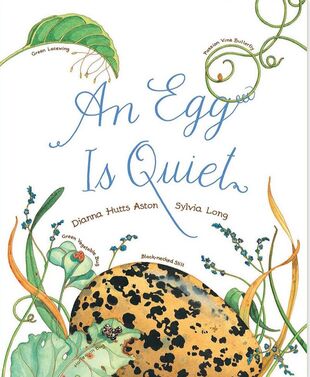 Have you ever wondered about the amazing world of eggs? If so, you’ll love An Egg Is Quiet by Dianna Hutts Aston. This book takes readers on a journey through the lives of different eggs, from sea urchins to hummingbirds. Aston uses beautiful illustrations and captivating descriptions to bring each egg to life. This book is a great way to introduce writing strategies to students. After reading, have students write their own descriptions of an egg they find interesting and rephrase what they learned! The rephrasing of text helps students understand the material better, as they are encouraged to think critically about the content and how it can be expressed in different ways. Additionally, rephrasing the text allows students to practice their writing skills, as they must use their own words and ideas to express the same concepts in a different way. This helps them become more confident in their writing abilities and more creative with their word choice and sentence structure. Students can also create a Venn diagram comparing and contrasting two different types of eggs, which is a great way to organize thoughts and ideas before writing. By using a Venn diagram, students can easily identify the similarities and differences between two or more topics, and this can help them organize their thoughts before writing. Additionally, the Venn diagram is a visual representation of the relationships between two different concepts, making it easier for students to understand complex topics. Using a Venn diagram can help young students develop critical thinking skills, making it easier for them to write informational pieces. To learn more about this book and other works by Aston, visit her website at www.diannahuttsaston.com.
0 Comments
by Kristen Doohan 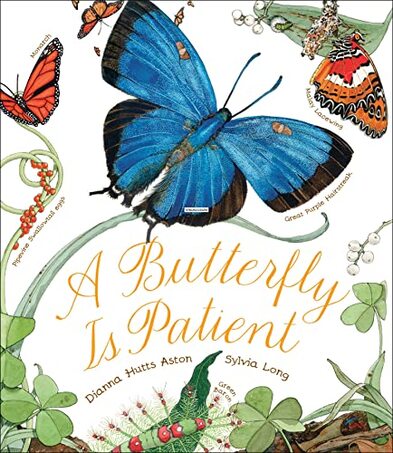 A Butterfly Is Patient by Dianna Hutts Aston provides its readers with a glimpse into the wonderful world of butterflies. Dianna describes this insect throughout its journey from an egg to a beautiful butterfly. Dianna begins the book at the initial stage of life for a butterfly- the egg. She moves on to describe the caterpillar and chrysalis stages, ending with the metamorphosis stage. Dianna describes butterflies’ roles in pollination as well as their camouflage, drinking, and poisonous capabilities. She also describes butterflies as creative, helpful, protective, spectacular, thirsty, scaly, and magical insects. This book captivates its readers with lots of interesting facts about butterflies and detailed illustrations. This would be an excellent book to use as a mentor text when teaching students about informational writing. Dianna does a great job providing readers with detailed and interesting facts about butterflies. After reading this short book, students will know a great deal about butterflies. Using this book as a guide, I would have my students write their own informational text on a topic that they consider themselves an “expert” on. Students would follow the writing process when creating their informational pieces. This book could also serve as a great resource to help students understand the difference between comparing and contrasting. Dianna Hutts Aston does this in the book by explaining the similarities and differences between butterflies and moths. I would model how to do this for my students using the examples provided in the book and a Venn diagram. Then, I would ask my students to compare and contrast two ideas of their choice using a Venn diagram. I would place my model in the front of the classroom for students to reference and scaffold as needed. Overall, A Butterfly Is Patient can serve as an excellent read-aloud and mentor text for students of a variety of ages. To learn more about Dianna Hutts Aston and her books, visit: https://www.diannahuttsaston.org/presentations by Grace Proefrock 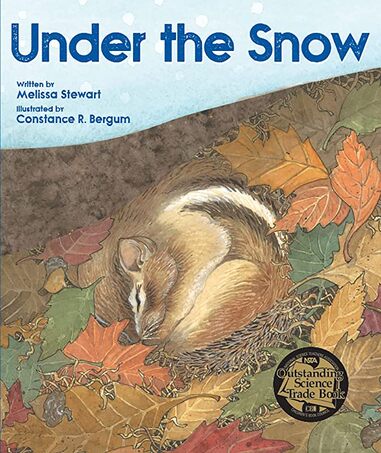 “Under the Snow” by Melissa Stewart is a great book to read to your class in the cold winter months. The author dives into the world beneath the snow. This story encourages children to think about what is hiding below the thick snow coat and what they don’t see on the surface. The story is informative and does an excellent job of encouraging the reader to want to know more. The illustrations are very detailed showing what it would really look like below the snow. This story is great for all ages and so many fun activities can be done using the content in the book. Many ideas come to mind when thinking about how you can bring this book to life in your classroom. Something that could be fun and engaging for your students could be to construct your own “world beneath the snow”. Assign small groups of students an animal or an insect and have them create a visual of what this animal does beneath the snow. Make a layer of snow using white paper and cotton balls and hang this somewhere in your room. Have the students put their creations underneath the snow with labels and some descriptive words. For example, if one group is assigned a squirrel, they could cut and color a picture of a squirrel and make some acorns to show the squirrel eating its winter stash of nuts. Once complete, you will have a great visual to refer to when learning about hibernating animals throughout the winter months. Another activity that could be done using this book could be to have the students create a picture story about what they do when there is snow on the ground. Have the students write and draw about different activities they do when snow is on the ground. They can show themselves building a snowman, making snow angels, and having snowball fights. This activity could be modified for all grade levels. If you have younger students, they could focus more on drawing pictures and writing small sentences about what they do in the snow. If you have older students, you could have them do more descriptive writing about the activities they do in the winter. (If you live somewhere where it does not snow, you could have the students brainstorm first what they would do if they went somewhere with snow.) Overall, this story takes your readers on an informative journey through the world beneath the snow. It is full of beautiful illustrations of winter creatures. Melissa Stewart has many other incredible stories that can be used in your classroom to help students learn about all kinds of different kinds of things. I encourage you to look at her website to find more stories and activities related to the natural world. Melissa Stewart's website: https://www.melissa-stewart.com/books/books.html by Renae Marten While 2020 has proved to be a crazy, unpredictable year, there is one thing that we can all be certain of. Remote learning can be hard, especially for our students in elementary school! With no normal gym classes, no sitting with friends at lunch, and no fun-filled bus rides, our students are missing out on so much this year. As teachers, we need to make the most of the hand we’ve been dealt. We need to milk every ounce of fun, learning, and growth out of this remote school year as possible. That way, our students can walk away with something positive from this crazy, unpredictable year. At home, students experience many distractions that make focusing on remote instruction difficult. So, how do we truly engage them and cut out distractions when they aren’t sitting right there in our classrooms? This can be a herculean task. There is, however, one small solution to this problem: student privacy boards. 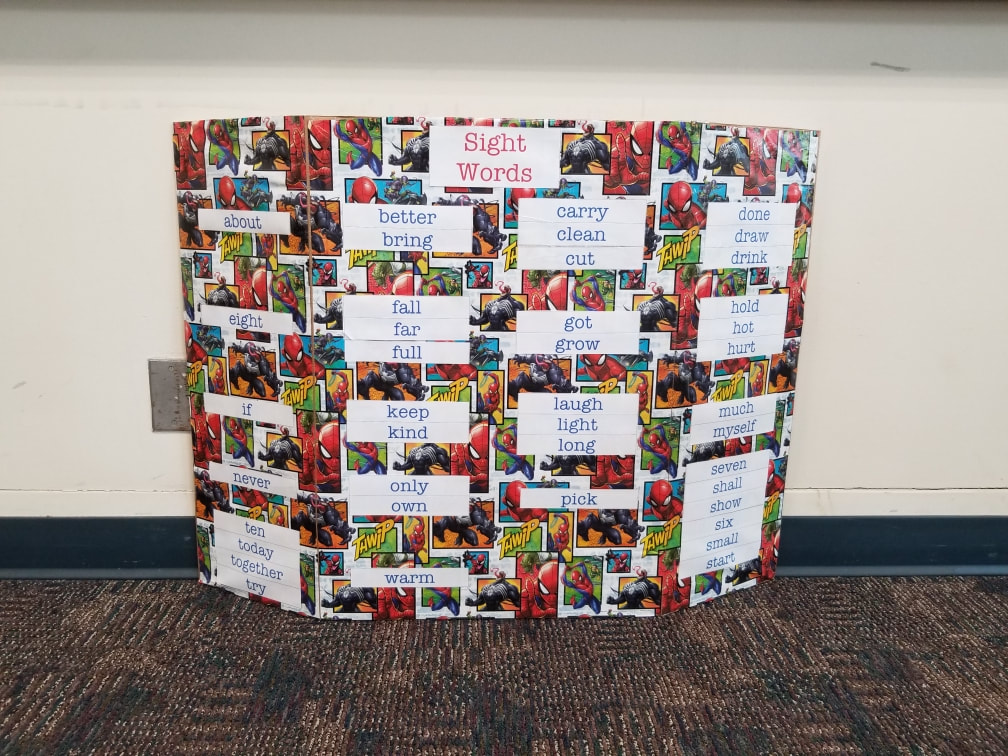 A literacy themed student privacy board made for a 3rd grade student A literacy themed student privacy board made for a 3rd grade student Student privacy boards allow students to create their own learning space at home. They minimize distractions (woo hoo!) and can help students to better focus on learning. To make some of your own all you need are tri fold poster boards and some creativity. Use that creativity to add some personal touches and educational resources to your students’ privacy boards. This will help your students feel excited and ready to learn in their new learning space.
by Victoria D'Amaro If your writing instruction consists of giving students a prompt and expecting them to just roll with it, you might find that some students will become easily frustrated or not know how to develop their piece further. So how can you fix this? To amp up your writing instruction, you might consider modeling how to use graphic organizers to plan writing. This will provide students with a useful tool and will also help them get kick-started on their writing. Now they will know how to plan their writing. But what’s next? Your next step might be to create a writing station with anchor charts, publishing paper, and fancy pens to increase students’ motivation to write. Great! They’re excited to write now. But something is still missing to help them take their writing to the next level… Once you have the prompts and writing station, and you’ve modeled how to plan a writing piece with a graphic organizer, you’ll want to pull one more trick from up your sleeve: visual rubrics! Visual rubrics help students understand writing expectations while providing them with a mentor text (model). These mentor texts show students what their writing should look like: the length, amount of detail, neatness, etc. Visual rubrics also give students a chance to assess their own writing and set goals for themselves. Students can compare their writing to the visual rubric and then look ahead to see how they can better their piece. Visual rubrics help students think like a writer while helping them understand the expectation for their finished product. I hope these powerful tools help make writing an easier task for your children/ students!
Examples of visual rubrics by Brianna Ware Do your students/children struggle with getting their ideas on paper? Do you notice them having a lot to say verbally, but only putting the bare minimum on the page when writing? If you said yes to either question, let me tell you about a brainstorming strategy called Brain Blast, a brainstorming activity that allows students to get their thoughts on paper without the fear of putting down the wrong answer. How does Brain Blast work? The teacher provides a topic, and sets a timer. I recommend starting with two minutes the first time you try this activity. Once the timer is started, students jot down everything they can think of that is related to the topic. Once you feel your students are ready for the next step, have them go back to their brainstorming pages and choose an idea they would like to say more about. Hopefully, their writing will flow more easily when they select topic on their list that interests them. Completing Brain Blasts frequently helps students become more comfortable with getting their ideas on paper. It is particularly important to model this strategy for the children before asking them to complete a Brain Blast. While modeling, be sure to make intentional spelling errors, and do not use your neatest handwriting. The key is to show students that getting ideas on paper is the most important part of this activity. Remember to praise the students for their efforts while they are working on a Brain Blast! Below I have included an example that I created along with some student examples. You will see the topic listed at the top of the page. I hope Brain Blasts help your children/students become better writers! by Claire George 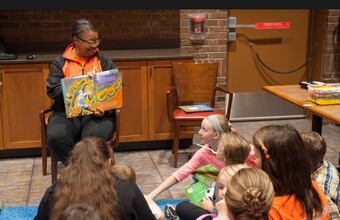 For the past six years, I have been involved in Buffalo State's Global Book Hour (GBH). Now, as a high school student, I am able to reflect on my experiences. Participating in this program from a young age has taught me many valuable lessons and has given me countless memories. First and foremost, I have gained a better understanding of culture. By reading books written about countries around the world, I have learned a great deal about the people that live there. These stories have helped me feel more in touch with the world because I have learned that there is more that unites people than divides them. For example, one book that the older participants read together was I Lived on Butterfly Hill, by Marjorie Agosín. I read this book with a group of middle school-aged participants and was so fascinated by its description of Chilean history that I was inspired to read it twice! I was drawn to young Celeste's story of courage in the face of adversity and how she never gave up on her dreams. I felt connected to her and was inspired by her bravery. I enjoyed reading about life in Chile so much that I hope to travel there someday. 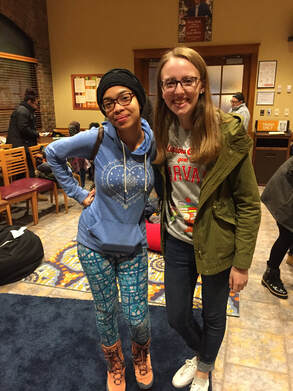 Another wonderful part of GBH has been the friendships I've formed. I have met so many amazing people throughout my years of participation. Global Book Hour welcomes a diverse group of participants, yet all share an interest in other cultures and a love of reading. Making new friends has been one of the best parts of going to GBH. One friend I made, Aaliyah, participated in Global Book Hour since it began in 2010. I found myself looking forward to reading the weekly books with her because she always had an interesting story of fact to share. We both had a love for books and talked about what we liked to read in our free time. Some of my favorite memories from GBH involve talking to her about great books and authors.  Finally, a special lesson I have learned from GBH is that it is important to read about things you love. I have been fascinated by science ever since I was little because it helps us understand the world better. Last spring, the selected book for older participants was Women in Science: 50 Fearless Pioneers Who Changed the World by Rachel Ignotofsky. It was exciting to be able to read about scientists and share my scientific knowledge. I think one of the best parts of Global Book Hour is that readers can share what they love and teach others about it. We can all teach each other something. I am honored to write about my experiences as a participant at Global Book Hour. It has been a unique opportunity to learn about other cultures and countries and meet people from different backgrounds. I will treasure these experiences always. GBH has touched so many lives and will continue to inspire more and more people in the future. by Claire George 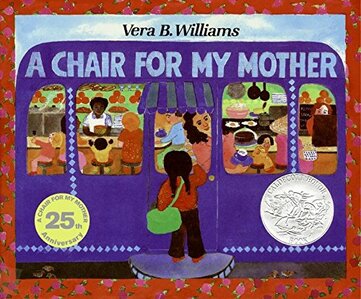 A Chair for My Mother is an inspiring story about the importance of positivity during adversity. Young Rosa and her family lost their home in a fire and have to move in with her aunt and uncle. After school, Rosa helps out at the diner where her mother works. Life is not easy for Rosa, her mother, and her grandmother who lives with them. Everyone adds their extra savings to a large jar. Eventually, they move into a nearby apartment. During this difficult time, their neighbors bring food and offer continued support. They even bring pieces of furniture to help Rosa and her family rebuild. Rosa’s family continues to save money in the jar and little by little, it eventually becomes full. They decide to buy a large, comfortable armchair for everyone to enjoy. This chair brings them contentment and a sense of pride because they can call it their own. A Chair for My Mother teaches the important lesson that one can achieve a goal if they persevere. It also reminds us of the importance of community in our lives in order to keep going when times are difficult. There are many extension activities that go along with A Chair for My Mother. To connect the book with the arts, visit the blog Big World Book Club to learn how to design your perfect chair. You will find a step-by-step tutorial on how to draw the perfect, comfy chair. There are even suggestions for how to open up your own pretend furniture store that displays the chair drawings! If you are looking for ways to connect the book with mathematics, visit the blog First Grade W.O.W. to teach children about saving money and create their own pretend money jars. It is an easy way to encourage children to set goals and save money from a young age. For an eloquent tribute to Vera Williams that highlights her work and honors her legacy, visit her obituary in The New York Times. It even highlights her most notable works. by Charlene Cook Word hunts are a fun and active way to get your child excited about learning new vocabulary. Word hunts can be used while reading books or as an interactive game around the house. Nothing is needed for word hunts except familiar children’s books, post it notes and a list of new vocabulary words. A book I have used to introduce this activity in the past is called, “The Word Collector,” by Peter Reynolds. The book talks about a boy who loves to collect words just like others collect stamps. He also loves to share his new words with those around him. To begin, it may be helpful to create a list of vocabulary that your child already knows. From there, have your child read through books with you. As they read, you can send them on a word hunt to find other words with the same spelling pattern as a word they already know. For example, if they already know the word smart, they can hunt for other words that also have the -ar spelling in them. Any children’s book can be used for this activity, but a fun one is called, “Here Comes the Garbage Barge!” by Jonah Winter. by Shannon Albright Are you looking for a fun and engaging way to teach letter and sight word recognition skills? You should try a multi-sensory approach! Research has proven that young children are more likely to retain information when all of their senses are activated. Therefore, this hands-on approach integrates all of your senses while teaching early literacy skills. All you need is some sort of a tray or pan, and then you can choose what sensory resource you would like to use. Possible ideas include: rice, beans, sprinkles, slime, salt, shaving cream and more. Feel free to add food coloring to make it colorful, and even Kool-aid packets/cinnamon/etc. to make it smell yummy. After putting the materials in your tray, you are ready to get started. Your child can begin by writing his or her name, and you can provide visual supports and hand-over-hand cues as needed. If your child is not yet ready to write his/her name, that’s okay. This approach can be differentiated for children who are at different stages in their letter and word recognition abilities. For children who are learning letters, you can provide visuals of letters for them to copy on their writing tray. This can be adapted to whatever your child needs.
Have fun learning letters, words and other print concepts, and don’t be afraid to get messy! |
Archives
November 2020
Categories |

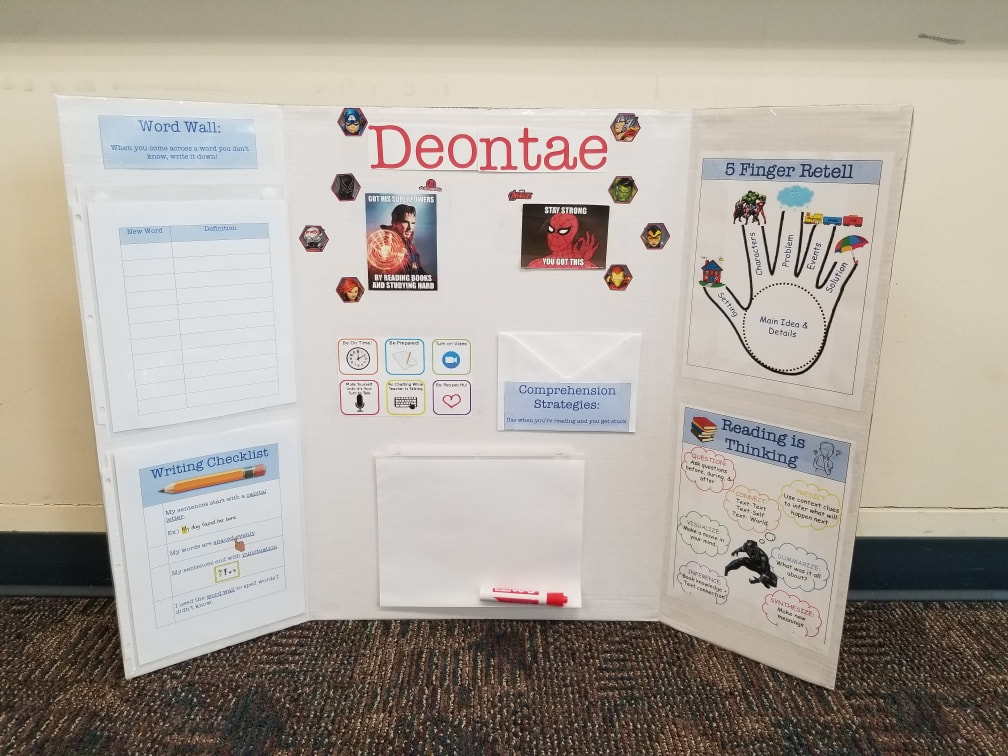
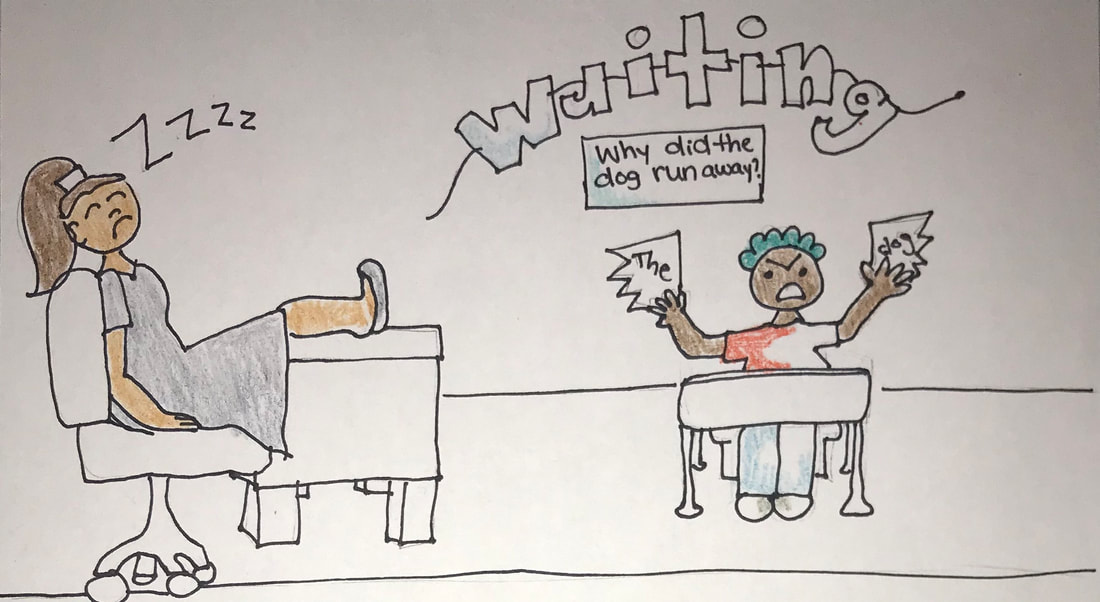
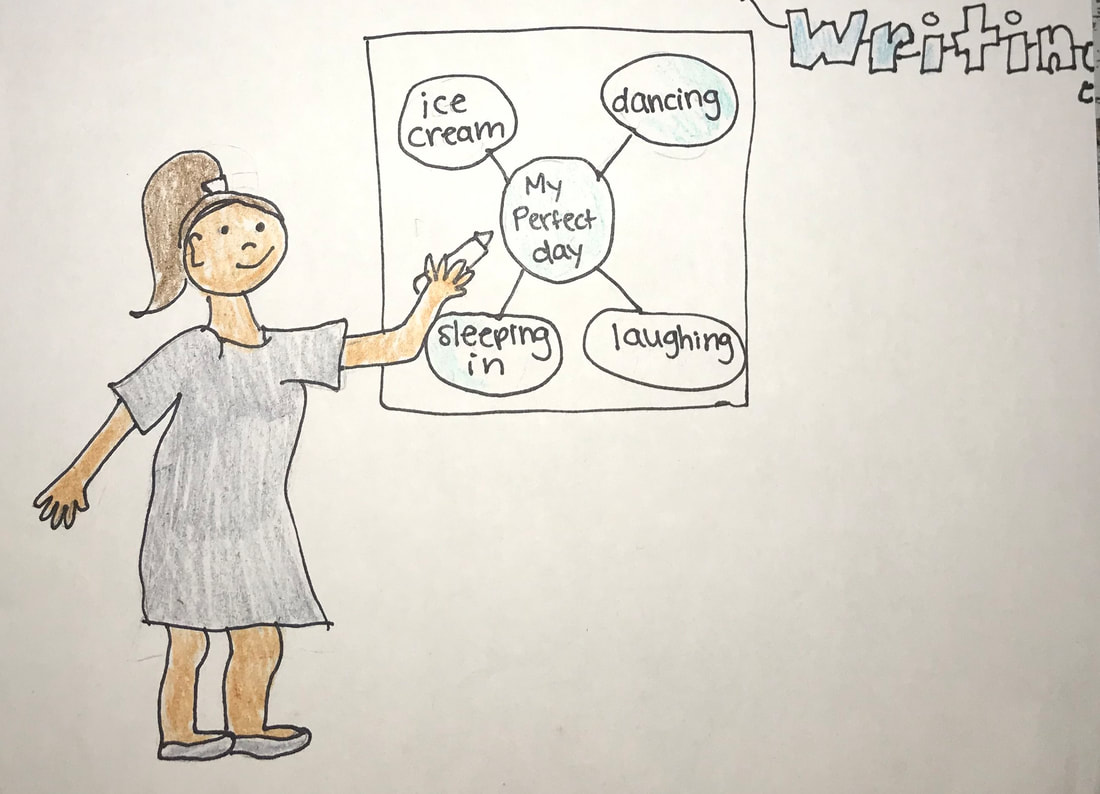
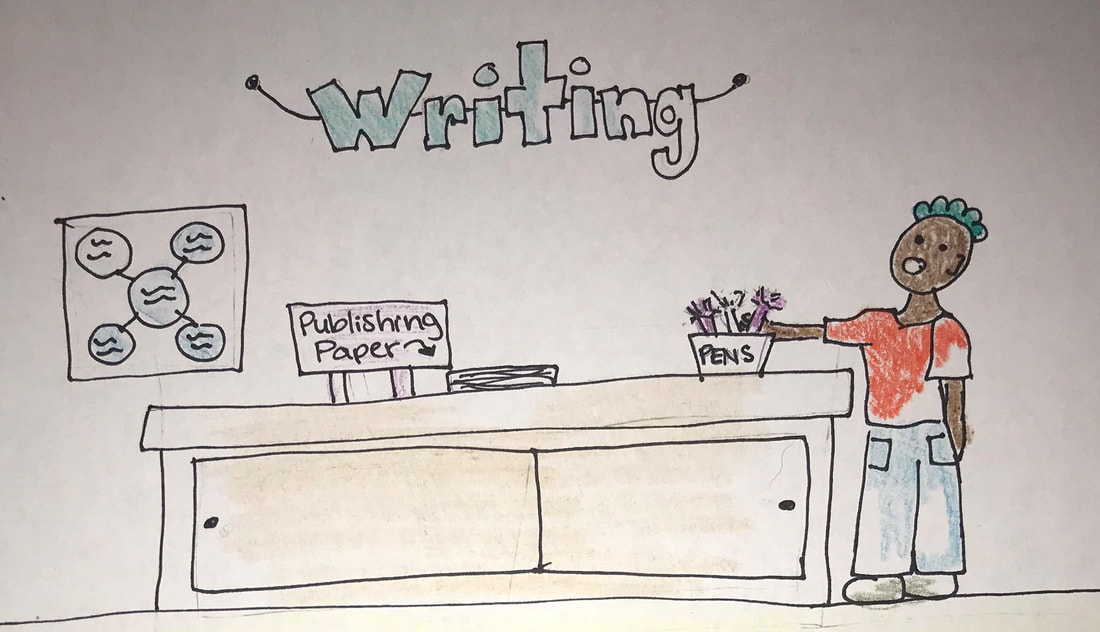
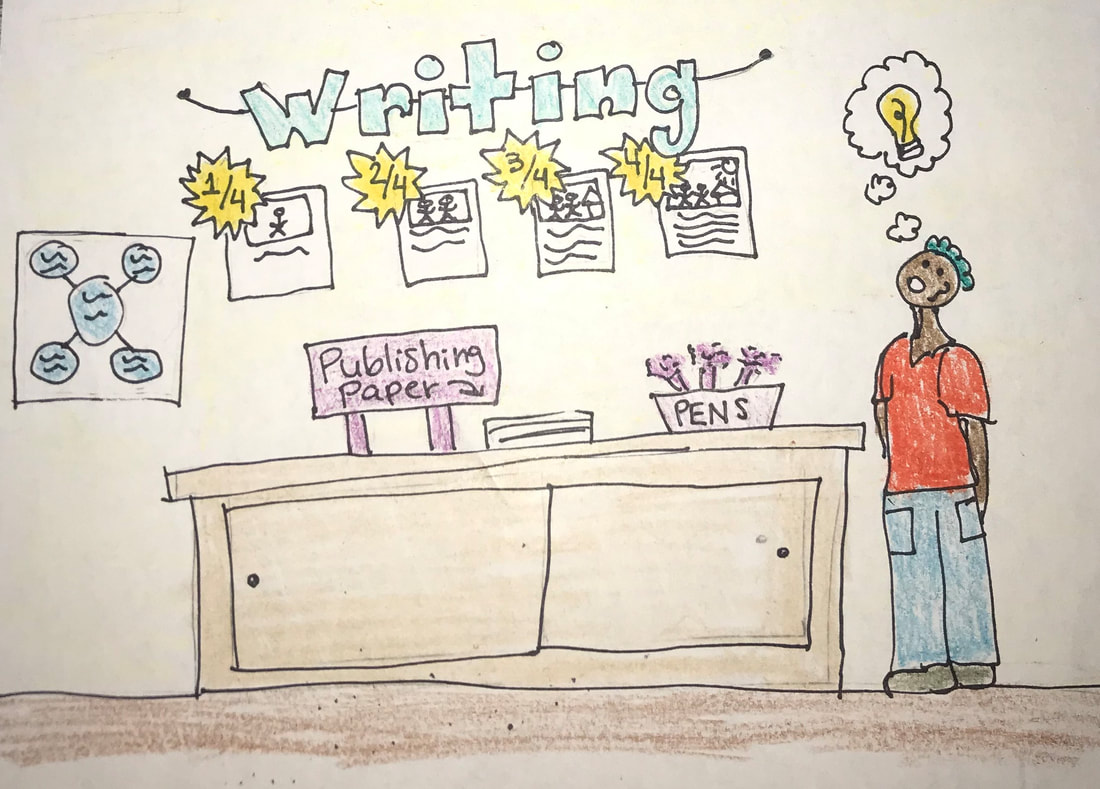
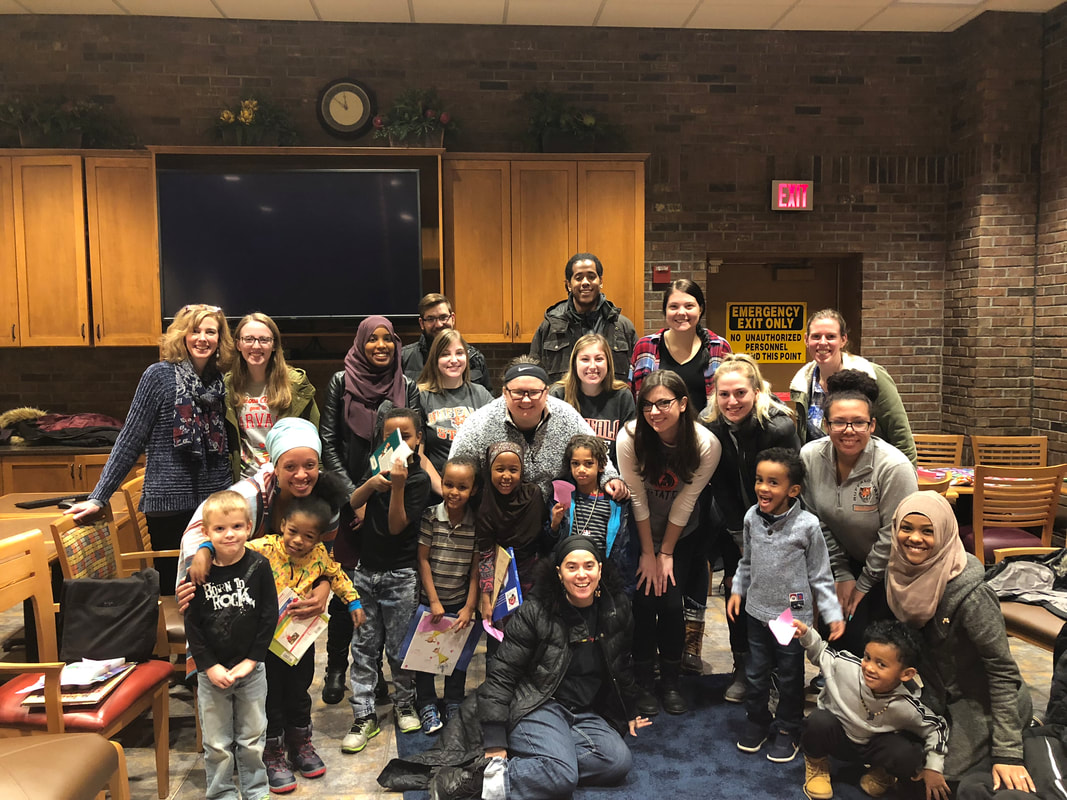
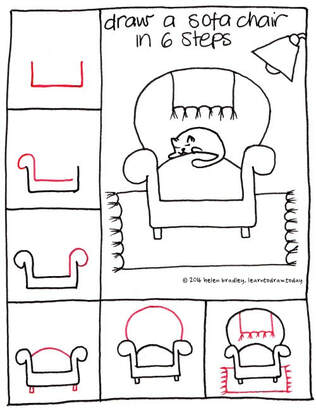
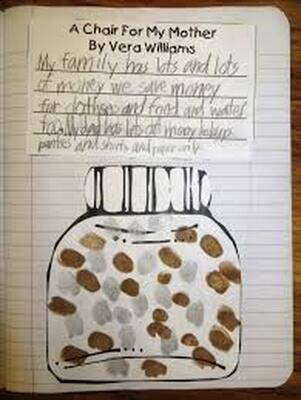
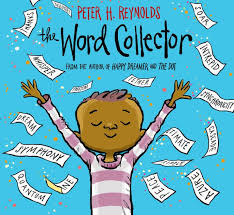
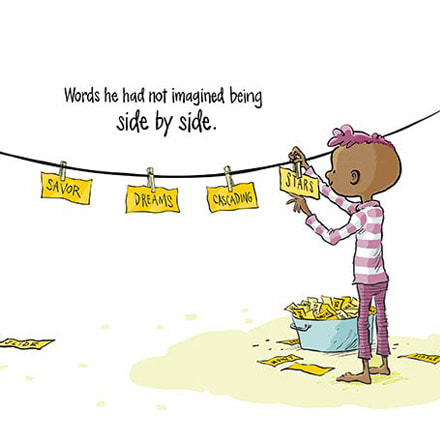
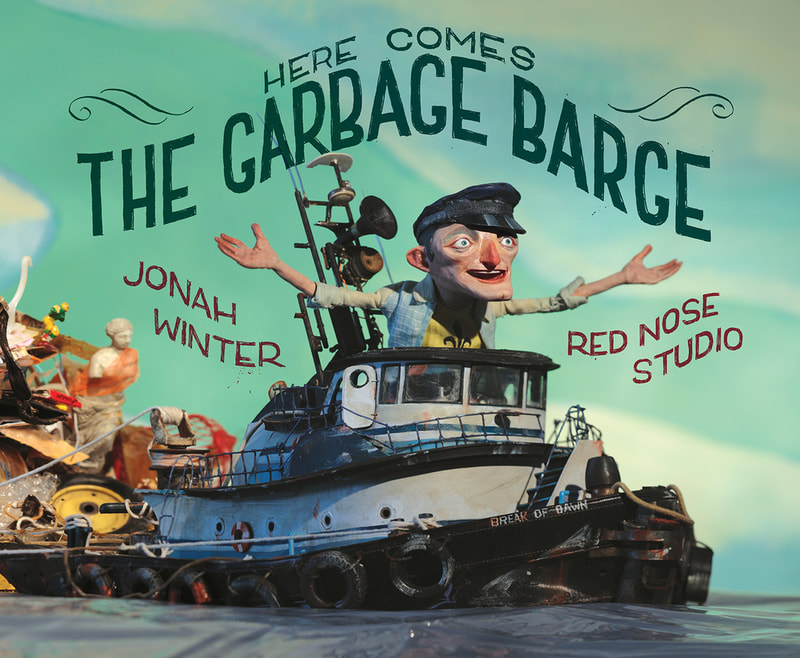
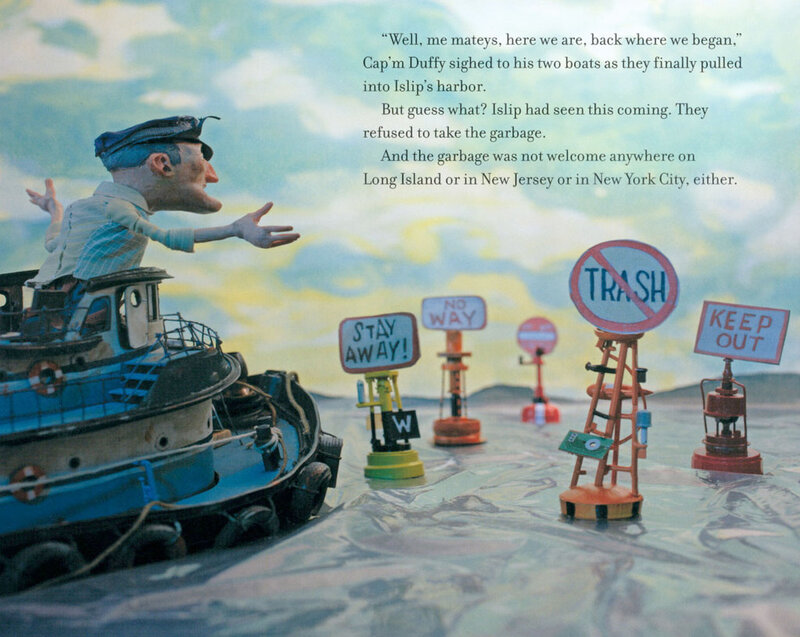
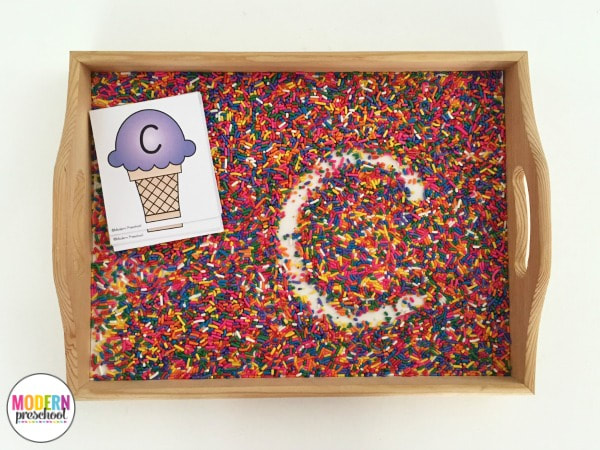
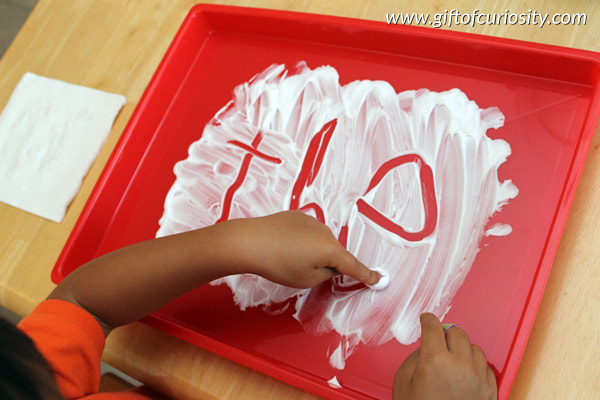
 RSS Feed
RSS Feed
